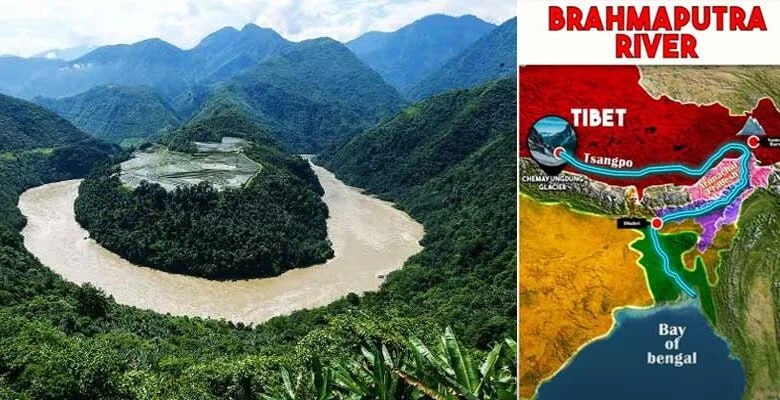Chandrayaan-4 and 5 Designs Finalized; ISRO Plans to Launch 70 Satellites in 5 Years

India’s space ambitions continue to soar as the Indian Space Research Organisation (ISRO) has completed the designs for its next lunar missions, Chandrayaan-4 and Chandrayaan-5. ISRO Chairman S. Somanath confirmed on August 20, 2024, that the space agency is now seeking government approval to move forward with these ambitious projects. Chandrayaan-3’s success has set the stage for more complex lunar missions, which aim to push the boundaries of India’s space capabilities.
Chandrayaan-4: A Leap in Lunar Exploration
The Chandrayaan-4 mission is designed with cutting-edge objectives, including returning lunar soil and rock samples to Earth, marking a first for India. The mission will involve a soft landing on the moon, deploying a lander and rover, and sending a spacecraft back to Earth with lunar samples. Additionally, the mission plans to demonstrate a space docking experiment in lunar orbit—a complex maneuver crucial for future interplanetary missions.
This mission highlights India’s growing expertise in space exploration, with targeted technology developments like in-orbit rendezvous and sample-return capabilities. ISRO’s timeline sets Chandrayaan-4’s launch around 2028, giving it ample time to test and refine these advanced systems.
Chandrayaan-5: Building on Momentum
While details of Chandrayaan-5 are less publicly known, it is expected to build on the success and learnings from Chandrayaan-4. With its focus likely on more advanced exploration objectives and long-term lunar operations, this mission reflects ISRO’s steady progression towards sustainable space exploration.
Expanding India’s Satellite Fleet: 70 Satellites in 5 Years
Apart from lunar missions, ISRO is gearing up for a robust satellite launch schedule. Over the next five years, the agency plans to launch 70 satellites catering to various government needs. Among these are four NAVIC satellites to enhance India’s regional navigation capabilities, INSAT-4D weather satellites for improved meteorological data, and the RESOURCESAT and CARTOSAT series, which are critical for remote sensing and high-resolution imaging.
ISRO is also preparing for the next generation of ocean monitoring satellites under the Oceansat series, and technology demonstration satellites that will test electric propulsion systems and quantum key distribution technologies, potentially pioneering secure communication networks.
Gaganyaan and Other Projects on the Horizon
The Gaganyaan mission, India’s first human spaceflight project, is steadily progressing, with the first unmanned mission scheduled for December 2024. The rocket stages, crew module, and service module are nearing completion and are set for integration at the Satish Dhawan Space Centre. This mission marks a critical milestone, and all systems are expected to be in place for final testing within the coming months.
In addition, ISRO is working on data relay satellites essential for Gaganyaan’s success, and high-throughput satellites aimed at improving internet connectivity across the country. The GSAT satellite is already in the final stages and is being prepared for a Falcon rocket launch from SpaceX in the United States.
Re-Evaluation of the Venus Mission
Amidst all these developments, ISRO has decided to pause its planned mission to Venus for re-evaluation. While Venus exploration remains a priority, the agency is currently focused on more immediate projects, leaving the Venus mission on hold for now.
ISRO’s roadmap is packed with both exploratory and practical missions that underline India’s expanding role in the global space landscape. From bringing lunar samples back to Earth to launching a wide array of satellites that will serve various government functions, ISRO is solidifying its position as a major space power. The next few years are set to witness major advancements as India continues to push its space exploration frontiers.



